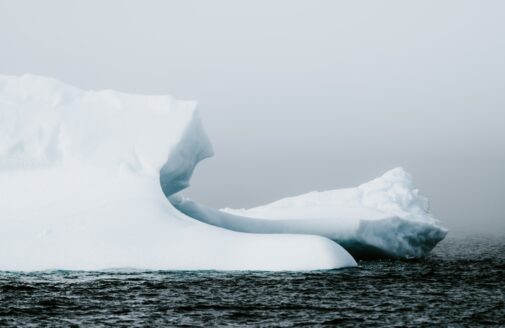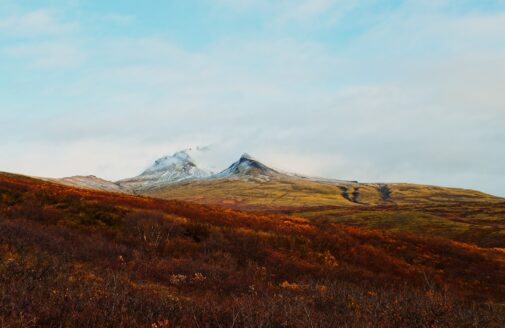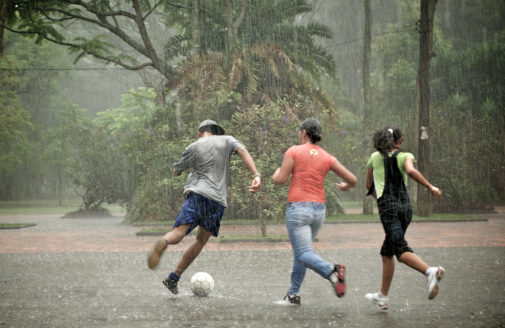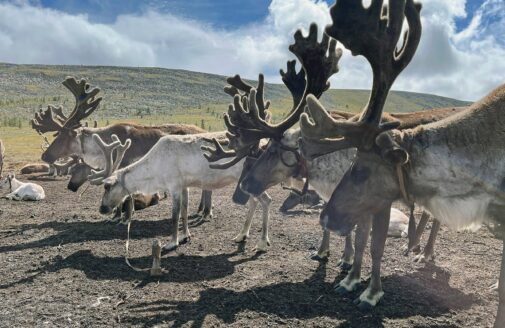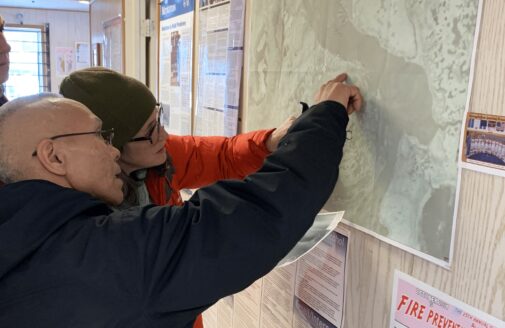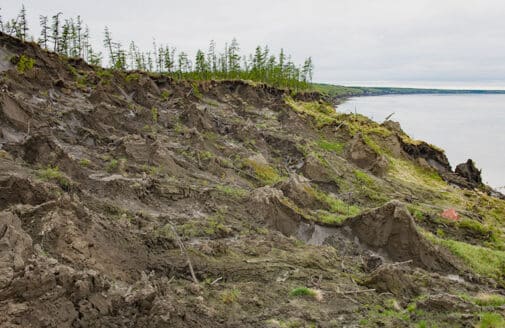Melting Arctic sea-ice is affecting precipitation patterns
Sea-ice retreat in the Arctic Ocean is contributing to heavier precipitation in the Northern Hemisphere
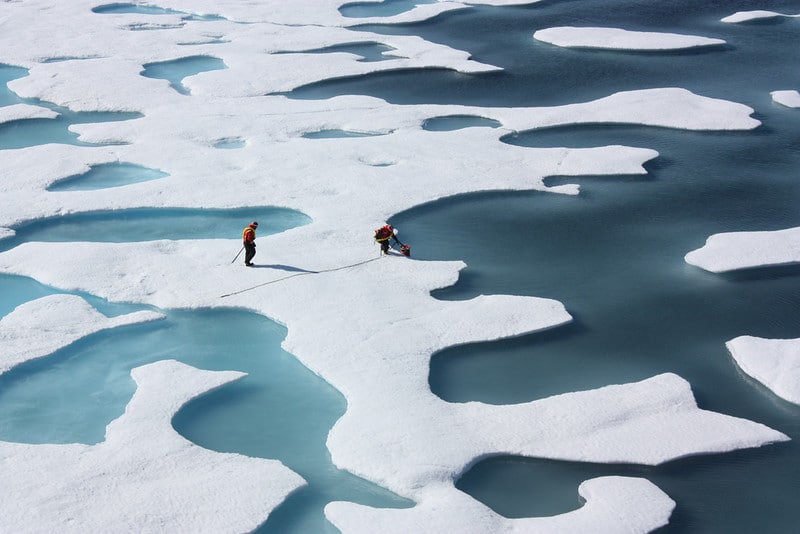
US Coast Guard Arctic research mission.
photo by Kathryn Hansen/ NASA Goddard Space Flight Center
The rapid warming of the Arctic has caused substantial sea-ice melt, increased ice-free area, and enhanced evaporation from Arctic Marginal Seas (AMS). According to a recent study, the resulting increased atmospheric moisture and latent energy have profound implications for precipitation patterns over Northern Hemisphere land areas.
During the cold season (October to March) from 1980 to 2021, the sea-ice area in AMS declined by nearly 30% (approximately 2 million square kilometers), accounting for 32% of the increase in AMS-sourced precipitation on lands in the Northern Hemisphere land. This means that for every one million square kilometers of ice loss there was a 16% increase in the contribution of water evaporated from AMS to precipitation over land.
“The study reveals that the enhanced moisture supply has a surprisingly pronounced impact on high-latitude land precipitation,” stated the corresponding author, Dr. Qiuhong Tang. Despite AMS-sourced moisture accounting for only 8% of the total high-latitude land precipitation, its dramatic increase owing to ice loss contributed 42% to the overall precipitation increase. “This additional moisture has also contributed to increased extreme snowfall in high-latitude land areas,” added the lead author and Ph.D. candidate Yubo Liu, “which could help mitigate the impact of climate warming on melting of the Greenland ice sheet.”
“Our findings highlight the important contribution of Arctic sea-ice retreat to Northern Hemisphere land precipitation through moisture cycling, which underscores the many impacts of rapid Arctic change on the global climate system,” added co-author Dr. Jennifer A. Francis. “These insights help inform decision-makers striving to manage impacts of the climate crisis.”




